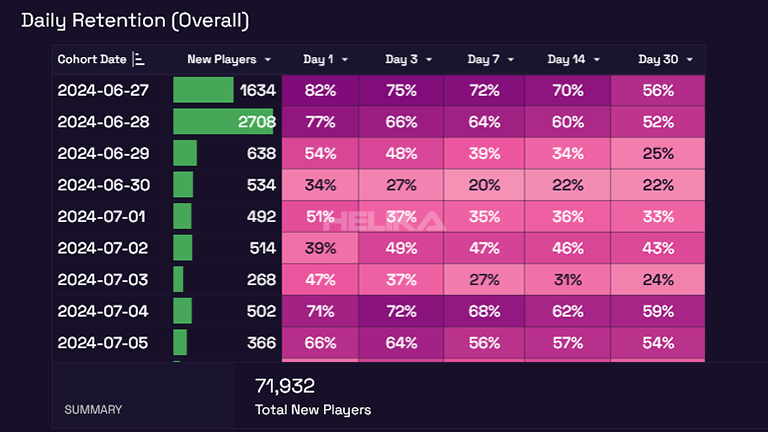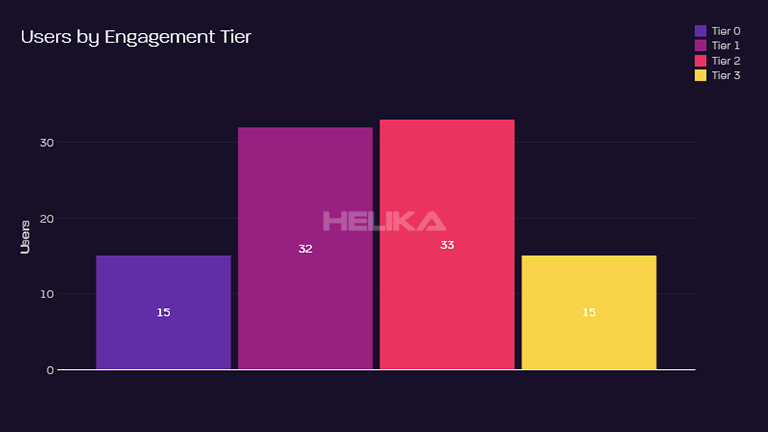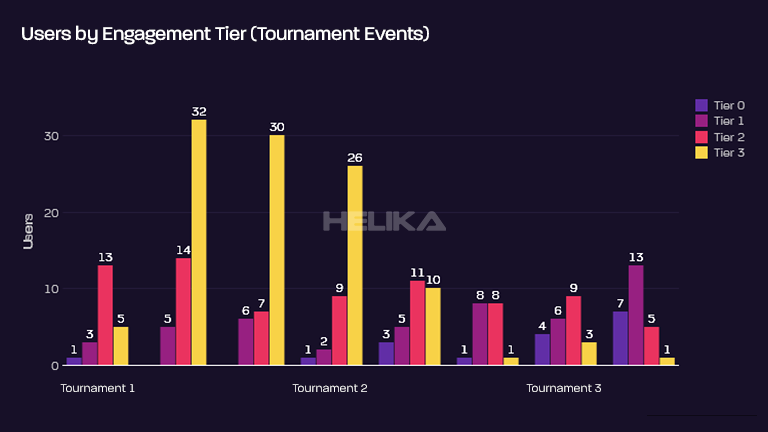There are many retention strategies that game developers can adopt to keep their players coming back for more. One effective way is through the use of retention triggers – psychological techniques that encourage players to continue playing and engaging with a game.
In this article, we will discuss why retention triggers are important for game developers and how they can be utilized effectively to improve customer retention.
What Are Event-Based Retention Strategies For Game Developers?
Event triggers are an essential aspect of any game developer’s retention strategy. These triggers are carefully designed events that are meant to encourage players to continue engaging with the game, even when they may have initially lost interest. An event type can be a random event or have direct correlation with external triggers such as holidays or significant events. Internal triggers are also important, such as leveling up, unlocking new features or rewards, and completing challenges.
The best way to discover the right event patterns for your game is by conducting thorough research and analyzing player behaviors. This can include monitoring gameplay data, conducting surveys, and gathering feedback from players.
Once you have identified the most effective event triggers for your game, you can strategically implement them to keep players engaged and coming back for more. Consumer behaviours can be difficult to predict, so working with a leading game analytics company can help you to track and monitor player behaviours accurately.
Common Mistakes Made When Triggering Events
One of the most overlooked best practice when implementing retention triggers is the frequency of these events. Too few, and players may feel like they have nothing to work towards, leading to boredom and eventually abandonment of the game. On the other hand, too many events can overwhelm players and make them feel pressured to constantly engage with the game, leading to burnout.
Another common mistake that game developers make is that they don’t record the date a new customer started playing the game. As a result, they are unable to personalize and target specific events for players who have been playing the game for an extended period of time.
To effectively implement retention triggers, game developers must understand their player’s behavior patterns and preferences. This requires analyzing data from player interactions with the game and identifying common trends and behaviors. With this information, developers can create personalized retention triggers that are tailored to each player’s individual preferences and playing style.

By partnering with Helika (one of the leading game analytics companies in the world), developers can access valuable data and insights to help them make informed decisions about retention triggers. Helika’s advanced analytics platform allows game developers to track player behavior and implement event triggers at the perfect time and the right frequency to maximize player engagement and retention.

Discovering The Best Event Type For Your Game
A marketing lead can have access to the ‘records retention schedule’ which basically means that they can have access to the information such as when a player started playing, how often they engage with the game, and what actions they take during their playtime. This data is crucial in determining the best event type for your game.
Based on this data, developers can identify patterns of player behavior and determine which events are most effective in keeping players engaged. For example, if a player is more likely to make purchases after completing a certain level or receiving a specific reward, developers can use this information to create targeted retention triggers that encourage these actions.

Having a data analyst interpret special patterns such as these will enable developers to identify the most effective type of events for their specific game, ultimately leading to higher player retention rates. For example, if a game’s demographic is Asian-American, a Chinese New Year event may be more effective than a traditional American holiday event.
The example above shows how nuances in player behavior and demographics can greatly impact the success of certain event types. By utilizing analytics, developers can make data-driven decisions that lead to more impactful and engaging events for their players.
Additionally, developers can use A/B testing to further refine their event types and triggers. By testing different versions of an event or trigger on a smaller sample of players, developers can gather more data and make adjustments before fully implementing the event for all players. This allows for a more targeted and effective approach to event planning.
Try These Super-Psychological Triggers For Your Game
A good reason to add psychological triggers alongside your in-game events is that they can offer a unique and dynamic experience for players. These triggers can tap into the subconscious mind of players, making them more emotionally invested in the game. This can lead to increased player retention and overall enjoyment.
If a longer time spent playing your game is your goal, then incorporating psychological triggers can be a powerful tool. In fact, research has shown that players who feel emotionally connected to a game are more likely to continue playing and investing in it.
Here are some super-psychological triggers that you can try for your game:
- Fear of Missing Out (FOMO): This trigger plays on the fear of missing out on something important or exciting. By creating limited time events or exclusive rewards, your players may feel compelled to keep playing in order to not miss out.
- Social Proof: This trigger involves using social influence and peer pressure to encourage player participation. By displaying how many other players are participating or have completed a certain event, it can create a sense of competition and urgency for others to join in.
- Scarcity: Similar to FOMO, scarcity triggers the fear of missing out on something valuable or rare. By offering limited edition items or rewards that are only available for a short period of time, players may feel more motivated to participate in events and earn these exclusive rewards. Consider adding an expiration date to your events to encourage players to try them out.
- Positive Reinforcement: This trigger uses rewards and positive feedback to reinforce desired behaviors. By offering in-game rewards or achievements for completing certain tasks or levels, players may feel more motivated to continue playing and progressing.
- Curiosity: This trigger involves creating mystery and intrigue around certain aspects of the game. By hinting at hidden secrets or Easter eggs, players may be enticed to keep playing in order to uncover these mysteries.
Overall, incorporating psychological triggers into your game can have a profound effect on player engagement and retention. However, it’s important to use them thoughtfully and ethically, as they can also potentially manipulate players’ emotions.
With the right balance, these triggers can elevate your game to new heights. So go ahead and try implementing some of these techniques into your own game design, and see the impact it can have on your players!
The total time period that a player spends on your game is important. Consumer behaviours are constantly evolving and it’s crucial to keep up with these changes in order to keep players engaged. Event-driven retention is one of the best ways to keep your game feeling new while also providing players with a sense of accomplishment and progress.
A system-derived trigger, such as daily login bonuses or limited-time events, can help create a sense of urgency and excitement for players. However, it’s also important to balance these triggers with more organic, player-driven triggers such as social influence or competition.

Remember to always consider the psychological impact of these triggers on your players and use them responsibly. If a separate campaign team is responsible for creating these triggers, ensure that they are aligned with your game’s overall vision and ethical guidelines. Each segment of users may respond differently to these triggers, so it’s important to monitor and adjust accordingly.
Final Thoughts
It can be helpful to work with a game analytics company to help you create event triggers while you focus on your core actions as a gem developer. No matter what trigger type you choose to implement, having a free trial for these events can help you gauge the impact and make necessary changes.
Event-based triggers aren’t always easy to get right but with Helika, you can make sure that your players are retained through data-driven event triggers that are customised for your game. Feel free to contact us for more information on how we can help you improve your game’s retention through event-driven triggers.


